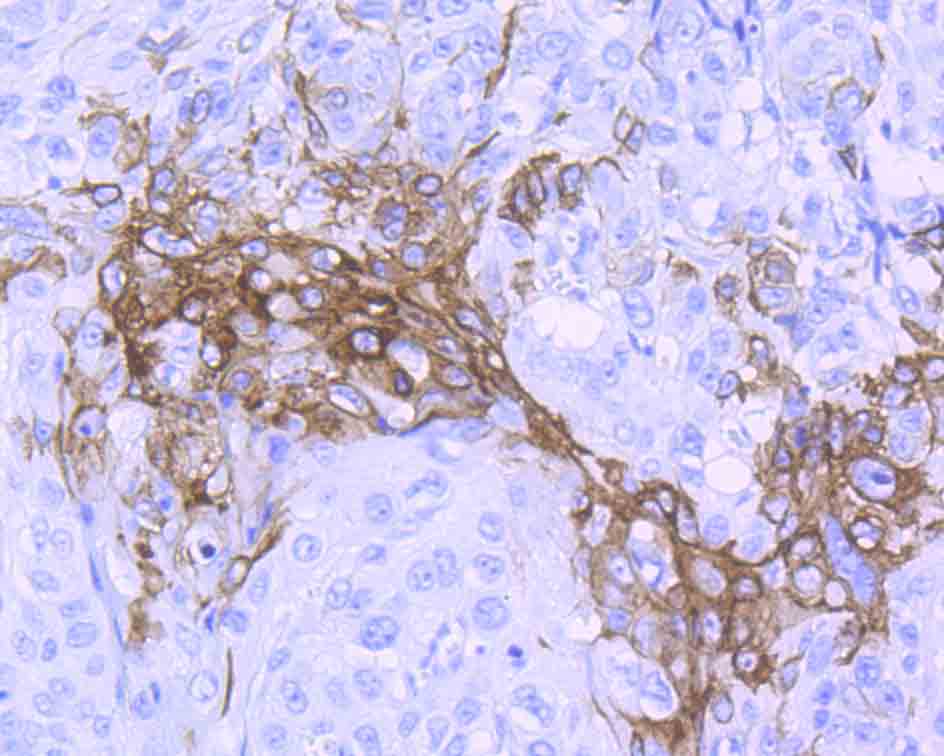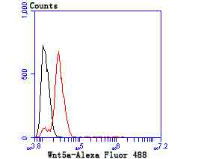The Wnt genes belong to a family of protooncogenes with at least 13 known members that are expressed in species ranging from Drosophila to man. The name Wnt denotes the relationship of this family to the Drosophila segment polarity gene "wingless" and to its vertebrate ortholog, Int1, a mouse protooncogene. Transcription of Wnt family genes appears to be developmentally regulated in a precise temporal and spatial manner. The Wnt genes encode cysteine-rich putative glycoproteins, which have features typical of secreted growth factors. Northern blot analysis detects expression of Wnt-5a in brain, lung, and heart. At least five distinct Wnt-5a transcripts are observed, which are due to transcript variability 5-prime to the initiation methionine. In situ hybridization detects a complex spatial and temporal pattern of Wnt-5a in the mouse, including expression in the developing central nervous system, limbs, facial processes, and the posterior region of the fetus. Human frizzled-5 is the receptor for the Wnt-5a ligand. It is suggested that Wnt-5a augments primitive hematopoietic development in vivo and represents an in vivo regulator of hematopoietic stem cell function in the human.




